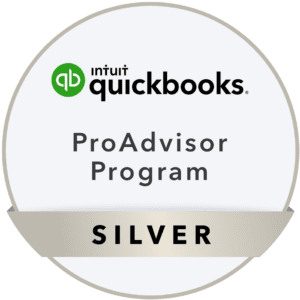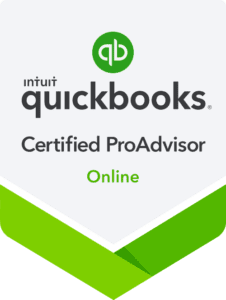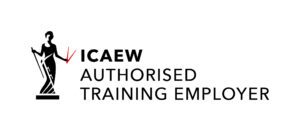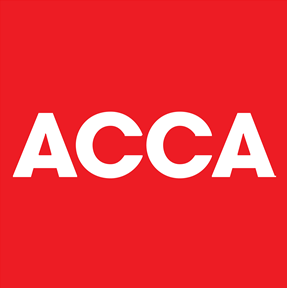Company Pension
Like this page? Share it with your friends
Facebook
Twitter
LinkedIn
WhatsApp
Email
Print
Table of Contents
Company pensions are also called workplace pensions, work-based pensions or occupational pensions. They are set up by employers for employees/directors where employer contributes into employees’ pension pot too.
Types of company pensions
Generally, there are 2 types of company or workplace pensions.
1. Defined contribution pension
2. Defined benefits pension
Defined Benefit pension scheme
Less popular than the other type, Defined benefit pension scheme is sometimes referred to as “final salary” or “career average pension”. This pension scheme is nearly always arranged by your employer. How much you will get on your retirement will depend on your salary, how long have you been working for your employer and a calculation made under the rules of your pension scheme. Your provider guarantees a certain amount each year when you retire, however your employer is responsible to make sure there is enough money in your scheme (pension pot) to pay you when you reach your retirement age. If your employer gets into financial difficulties and cannot meet its pension commitments, the Pension Protection Fund (PPF) will cover your pension income, but you might receive a lower income than what you were originally promised by your employer. In general, large companies and governmental organisations enrol their employees into Defined benefit pension schemes.
Defined contribution pension scheme
More common among SMEs, Defined contribution pension scheme is sometimes referred to as “money purchase scheme”. The contributions made by employees and employers are invested by your pension provider with a view of profit and growth of your pension pot. The amount you get on your retirement depends on (a) how much employee and employer contributions were made, (b) how much tax relief has been added into the pension pot and (c) profit and growth of the pension pot i-e how well it was invested by the pension provider. The disadvantage of this pension arrangements is that the value of your pot can go down too. You can decide how to take your money out.
As Defined contribution pension scheme is more popular choice amongst SMEs, we will explore as to how many ways contributions can be made into such pension scheme. There are three different methods of processing scheme deductions. Let us have a closer look at it with some examples:
Salary sacrifice arrangements
This is the method of reducing gross pay of the employee by the amount of pension contribution. The biggest advantage of this arrangement is that no PAYE tax and employee/employer’s national insurance contribution are payable on this amount. However, please note your employees should agree to enter into this pension scheme as a reduction in their gross pay may impact employee’s eligibility for statutory sick pay and statutory maternity pay. Also, national minimum wage is calculated on the post-sacrifice earnings.
For example, your pensionable earning is £58,000 per annum. Your employer will contribute 3% to your pension pot and your contribution will be 5%. You will contribute the fixed amount of £2,900 in the year. If you would go for any other arrangement like net pay or relief in source then you would pay £5,039 of employee’s national insurance contributions on this amount. While with salary sacrifice arrangement employee would pay £4,982 of national insurance contributions. The saving on National insurance arising due to arrangement is £57. Also you would save £558 in PAYE tax. For more information you could always refer to the following calculator:
Relief at source pension arrangements
Pension deductions are taken from net pay after deduction of all taxes and contributions in this arrangement. So, employee is paying 80% towards the pension pot and the rest 20% would be automatically reclaimed by the pension provider from HMRC which would be added to the pension pot. This way of operating pension from month to month would result the higher costs to employer, as the employer would still need to pay national insurance and PAYE tax to HMRC. The annual saving will still be lower as there is no national insurance relief. Employees who are the higher taxpayers shall reclaim the rest tax relief through the self-assessment tax returns or by completing P810 Tax Review form. For example, if you earn £400 a week then employer will deduct only £16 from your net pay and the pension provider will claim the rest £4 from the government. This pension arrangement would benefit the lower earners (someone who earns less than £12,570), as no matter which earning band you are in, you will pay only 4% of your pensionable earning and 1% would be reclaimed from the government even if you haven’t paid a penny of tax!
Net pay arrangements
This pension arrangement means that pension deductions will be taken before tax calculation, therefore it will lower the gross taxable pay. Similar to relief at source arrangement, net pay arrangement will not provide any benefits over national insurance contributions, as it will be still payable. This method will benefit the higher rate tax payers as relief on the pension contributions is given at the rate of tax the employee pays. However, no benefit available for lower earners.
Below you can find the comparison in figure for basic rate tax payer in 2020/21:
Arrangement | Gross Pay | Pensionable pay | Taxable pay | NI pay | Pension | PAYE tax | NI | Net Pay |
Salary Sacrifice | £1,512 | £1,000 | £414.50 | £675 | £50 | £82.90 | £81 | £1,298.10 |
Net pay arrangement | £1,512 | £1,000 | £414.50 | £725 | £50 | £82.90 | £87 | £1,292.10 |
Relief at source | £1,512 | £1,000 | £464.50 | £725 | £40 | £92.90 | £87 | £1,292.10 |
Our service to you
If you are a self employed, business owner/director of company looking to get your accountancy and taxation matters sorted, look no further. We, at Naail & Co, are pro-active and easily accessible accountants and tax advisors, who will not only ensure that all your filing obligations are up to date with Companies House and HMRC, but also you do not pay a penny more in taxes than you have to. We work on a fixed fee basis and provide same day response to all your phone and email enquiries. We will also allocate a designated accounts manager who would have better understanding of your and business financial and taxation affairs. Book a free consultation call using the link below.
Related pages:
Get further information from the following pages;
Subscribe to our newsletter
BUSINESS HOURS
Monday – Friday
- 9:00 am – 5:30 pm
Pages:
Menu


